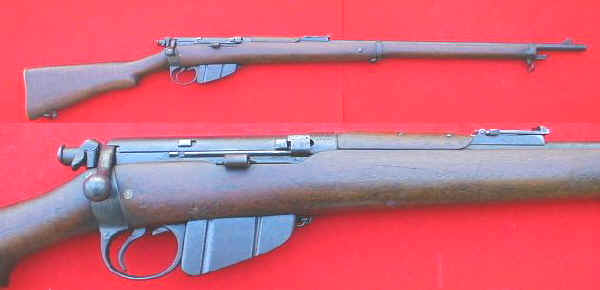12 pounder Howitzers (Boat Guns)
In April 1877 the Age and Argus newspapers both reported that Cerberus had fired its Boat Guns. These were small muzzle loading guns mounted in the ship's boats.
As Nelson had six small brass 12-pounders for boat-work, Cerberus may also have used this type.
Michael Kitson states that "the ships' boat shown in the engraving below is manned by a helmsman, ten oarsmen and four, or five, gunners - the gun is, of course, mounted to fire over the bow. I gather that frequently these were field guns issued to the Naval Force, and for boat work they were remounted on a special carriage."
These "boat guns" could be the howitzers referred to in the Cerberus log books.
- "Fired howitzers at target astern." Cerberus log book, 4 February 1877.
- Three howitzers & their gear were removed from Cerberus on 23 September 1883 (about the same time that the first nordenfelt was added).
- "Sent 3 howitzers and gear to marine yard." Cerberus log book 23 October 1884
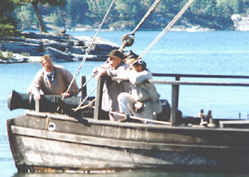
12-pounder being readied for firing.
photo by Jerry Forkey
Courtesy of America's Historic Lakes, South Hero, VT, USA
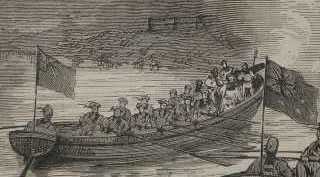
Boat Gun in use during Exercises
photo Australasian Sketcher, 18 November 1874.
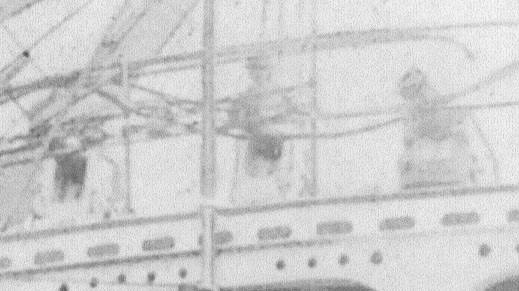
Just visible on the Flying Deck of Cerberus are three Howitzers.
photo courtesy of Shirley Joy
These boat guns were most likely 12 pounder smooth bore bronze howitzers which were the only secondary armamanent on board Cerberus until the gatling gun was added in 1882 and the nordenfelt machine guns in 1883.
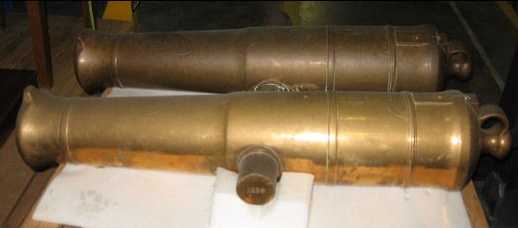
Howitzer Barrels
photographed & reproduced with permission of Museum Victoria.
Shown above are two 12 pounder smooth bore bronze howitzer barrels used by the Victorian Navy. Manufactured in 1859 the barrels weigh 6½ cwts (330 kgs) each.
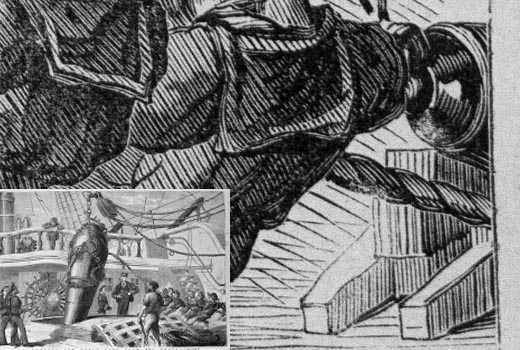
Howitzer Carriage
photo Illustrated Melbourne Post, 28 March 1868
Shown is a portion of one of the howitzer's gun carriages when they were mounted on Nelson's upper deck. Peter Webster describes these as "rear-chock carriages."
"On the same (upper) deck are half-a-dozen beautiful little 12-pounder howitzers for boat and field practice." The Sydney Morning Herald, 12 September 1870.
On 13 May 1878 the Argus reported that Nelson carried four 12 pounder howitzers on her quarterdeck.







